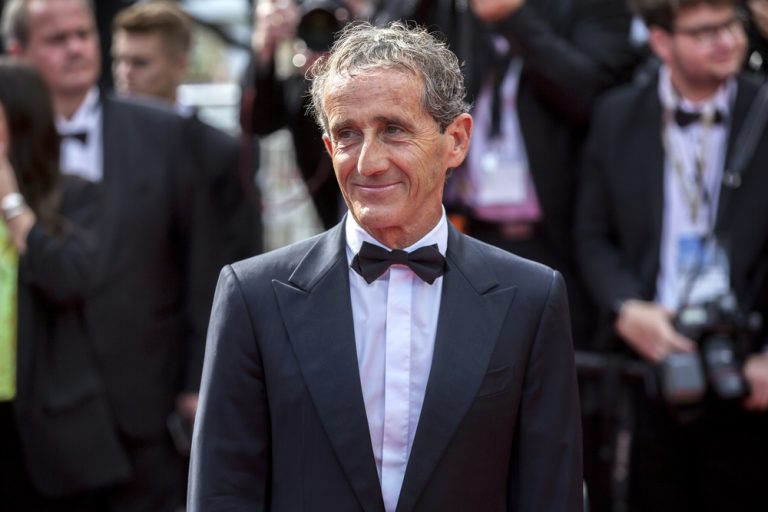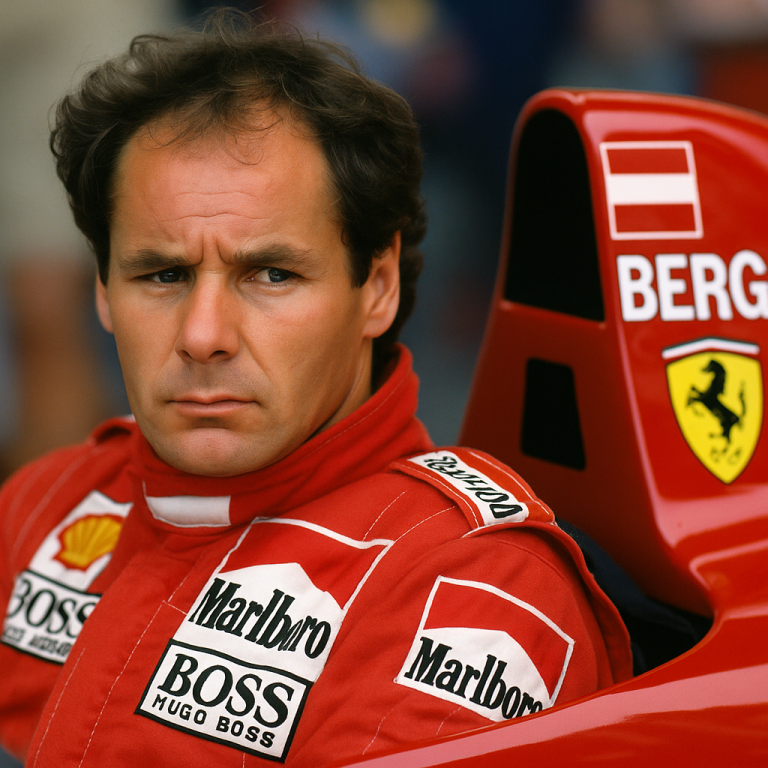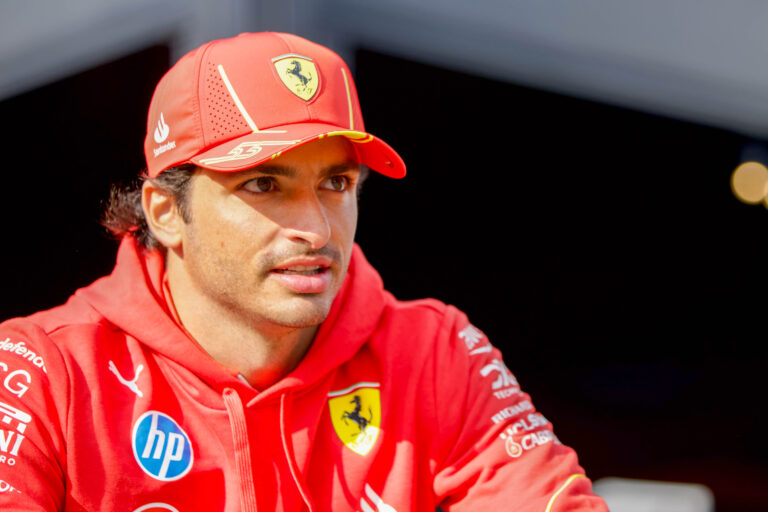Legends of Formula 1 Nelson Piquet
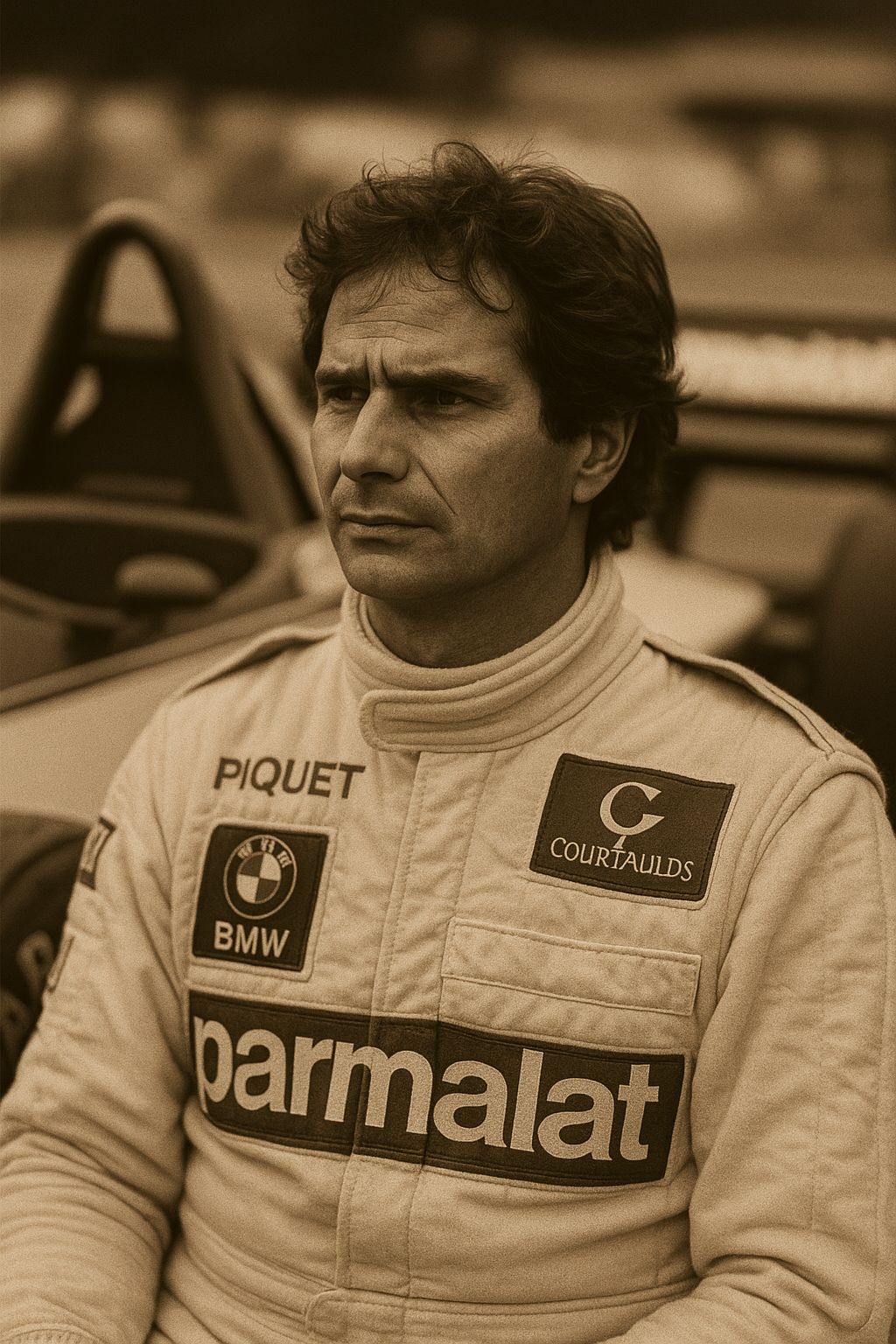
Nelson Piquet is a name that evokes both admiration and controversy. A three-time Formula 1 World Champion known for his technical brilliance, sharp wit, and provocative personality, Piquet carved a legacy in the sport that few can match. Whether feuding with rivals, mastering turbo engines, or pulling off miraculous drives, the Brazilian ace left an indelible mark on Formula 1—and helped redefine what it meant to be a modern racing driver.
For Tickets and Package Deals Please Click Here
Nelson Piquet’s Origins and Early Career
Born Nelson Piquet Souto Maior on August 17, 1952, in Rio de Janeiro, Brazil, Piquet was the son of a prominent doctor and government minister. To avoid attention and comparisons, he adopted his mother’s maiden name—Piquet—when he began racing.
After dabbling in tennis and karting, Piquet pursued motorsport full-time in the early 1970s. He dominated the Brazilian karting scene and later moved to Europe, where he rapidly rose through the junior formulas. By 1978, he had clinched the British Formula 3 Championship, catching the attention of Formula 1 teams with his fearless pace and technical feedback.
Formula 1 Career
What a pass! 😲
— Formula 1 (@F1) July 31, 2019
Nelson Piquet made this overtake past Ayrton Senna in 1986
Is it the greatest in #Formula1 history? 🤔#HungarianGP 🇭🇺 #F1 pic.twitter.com/5jlHiLbXi9
Nelson Piquet’s Formula 1 journey spanned from 1978 to 1991, encompassing 204 starts, three world championships, and six teams. Over that period, he battled—and often outwitted—some of the sport’s greatest names, leaving behind a career filled with brilliance, mind games, and controversy.
1978–1980: Early Years and Rapid Rise
Piquet made his F1 debut in 1978, racing a single Grand Prix with the Ensign team before picking up drives with McLaren and eventually settling at Brabham, under team boss Bernie Ecclestone. In those early years, Piquet was a sponge—soaking up technical knowledge and quickly becoming one of the grid’s most precise development drivers.
In 1980, driving the Brabham BT49 with a Ford Cosworth engine, Piquet came into his own. He won three races and finished second in the World Championship, narrowly missing out to Williams’ Alan Jones. His calm, data-driven approach stood out in an era still fueled by raw instinct and bravado.
1981: First World Title
The 1981 season was a grueling test of consistency, mechanical attrition, and mental toughness. Piquet battled Carlos Reutemann all year long, capitalizing on reliability issues and the Argentine’s missed opportunities. In the season finale at Caesars Palace in Las Vegas, Piquet clinched his first World Championship—despite suffering physical exhaustion in the desert heat. It was a triumph of strategy and grit over outright speed.
1982–1983: Turbo Pioneer and Second Title
In 1982, Brabham began developing its turbocharged BMW engine, which introduced more power but serious reliability issues. Still, Piquet managed to win the Canadian Grand Prix, making him the first driver to take victory with a turbo-powered car in modern F1.
By 1983, the development paid off. The Brabham BT52 was a masterpiece of design, and Piquet used it masterfully to defeat Alain Prost and Renault in a tense championship duel. His second title also made him the first driver in F1 history to win a World Championship with a turbocharged engine—a key turning point in the sport’s technical evolution.
1984–1985: Brabham’s Decline
Despite his growing stature, Piquet remained loyal to Brabham through 1985. Unfortunately, the team struggled to maintain competitiveness. Their experimental design choices, such as the rear-mounted radiators on the BT55, proved disastrous. While Piquet managed a few strong showings, it was clear he needed a fresh start if he wanted to win again.
1986–1987: Championship and Chaos at Williams
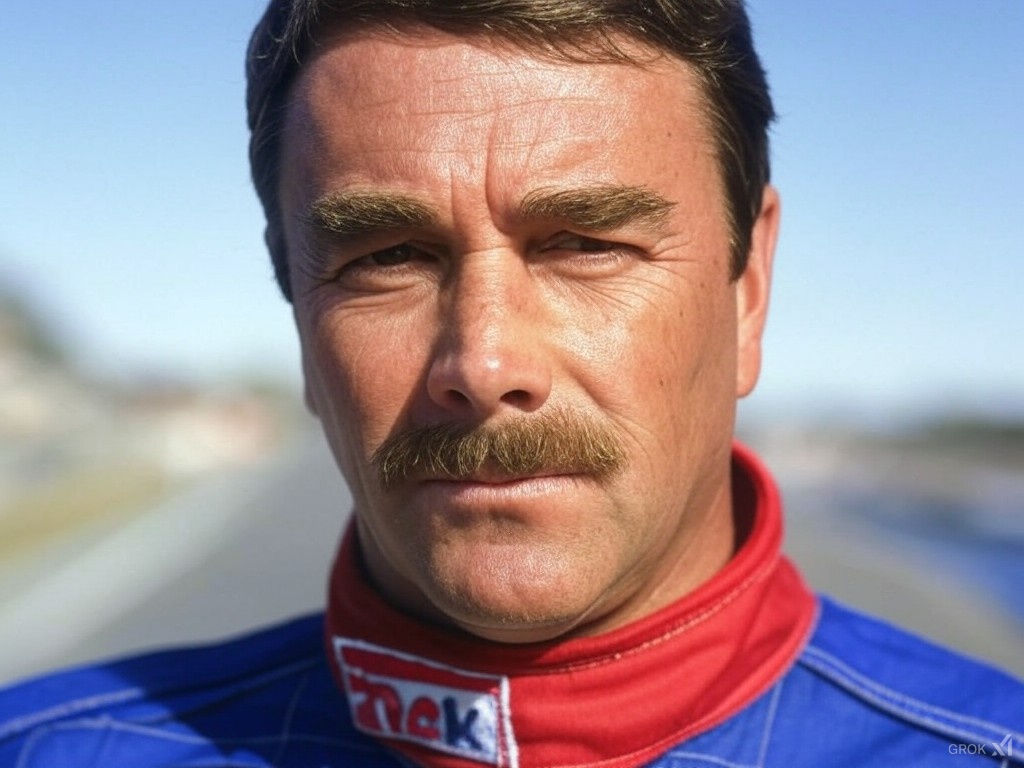
Despite the infighting, Piquet remained a constant podium threat. The title slipped away in 1986 due to Mansell’s tire blowout in Australia, handing the crown to McLaren’s Alain Prost. In 1987, Piquet focused on consistency rather than risk, capitalizing on Mansell’s crashes and misfortune to win his third World Championship. Though the season lacked the sheer domination of earlier years, Piquet’s tactical approach proved decisive.
1988–1989: Frustration at Lotus
Seeking a new challenge—and a more agreeable environment—Piquet signed with Lotus in 1988. The team had fallen behind, and their cars—first with Honda, then with Judd engines—failed to live up to expectations. Piquet didn’t win a single race in his two seasons there, and his body language in the paddock told the story of a champion stuck in decline.
1990–1991: A Resurgence at Benetton
In 1990, Piquet moved to Benetton, a young team on the rise. Despite now being one of the grid’s elder statesmen, he enjoyed a late-career renaissance. He took back-to-back wins at the end of the 1990 season in Japan and Australia, silencing critics who thought he was past his prime.
His final victory came at the 1991 Canadian Grand Prix, where he took advantage of Nigel Mansell’s infamous last-lap blunder—when the Brit waved to the crowd and stalled his car. Piquet retired at the end of 1991, having earned 23 Grand Prix wins and cementing his place among the greatest drivers of all time.
Career Statistics
- Formula 1 Career Span: 1978–1991
- Teams: Ensign, McLaren, Brabham, Williams, Lotus, Benetton
- Grand Prix Starts: 204
- Wins: 23
- Podiums: 60
- Pole Positions: 24
- Fastest Laps: 23
- Career Points: 485.5
- World Championships: 3 (1981, 1983, 1987)
- First Win: 1980 United States Grand Prix West (Brabham)
- Last Win: 1991 Canadian Grand Prix (Benetton)
- Last Race: 1991 Australian Grand Prix (Benetton)
Legacy and Impact
Nelson Piquet’s legacy in Formula 1 is layered. Technically, he was ahead of his time—one of the first drivers to treat setup feedback and car data as seriously as pure driving. He helped lead the turbo era’s revolution and set a blueprint for intelligent, adaptable racers in the modern mold.
He was also one of F1’s most controversial characters. Blunt, provocative, and sharp-tongued, Piquet often made headlines for his off-track comments as much as his driving. His intense rivalry with Mansell was filled with personal jabs, and he occasionally crossed the line—comments that, in modern times, would spark enormous backlash.
Still, fans remember him as a driver who always raced smart, who knew how to win without always having the best car, and who never let the political storms shake his belief in himself.
His family name remains prominent in motorsport. His son, Nelson Piquet Jr., made it to Formula 1 and later became the first Formula E World Champion. His daughter, Kelly Piquet, has also kept the Piquet legacy in the spotlight—she is the longtime partner of reigning World Champion Max Verstappen. Their relationship has created an unlikely bridge between the Piquet and Verstappen dynasties, uniting two eras of elite racing talent.
Conclusion
Nelson Piquet was more than just a fast driver—he was a disruptor, an innovator, and a master of mind games. With three world titles and a résumé built across multiple generations of F1 cars, he belongs in the pantheon of racing greats. His technical contributions helped shape modern F1, while his bold personality ensured he was never forgotten. Piquet raced on his own terms—and made Formula 1 better, louder, and wilder because of it.
If you want tickets and package deals, please click here.
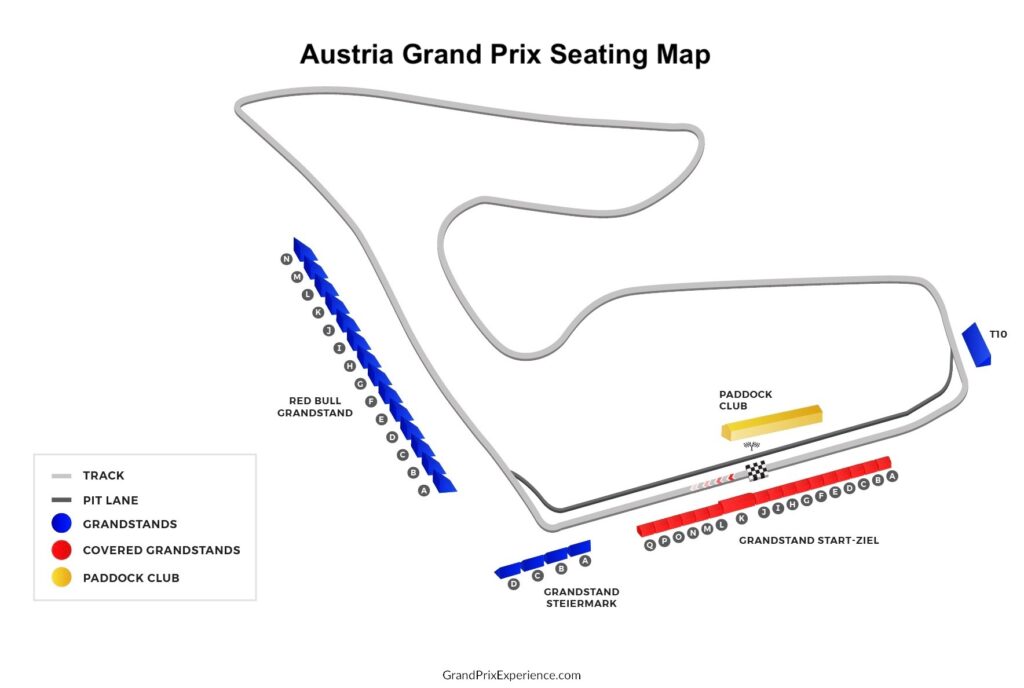
Sources:





